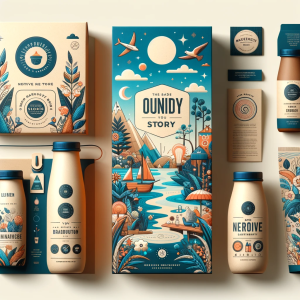Introduction
In today’s eco-conscious world, the significance of paper packaging has never been more pronounced. As industries grapple with mounting environmental concerns, many are seeking sustainable alternatives to conventional packaging. The paper packaging material – Paper, with its renewable and biodegradable properties, has emerged as a frontrunner in this quest for green solutions. More than just a trend, this shift toward paper is reshaping the packaging landscape.
Quick Data Point: Recent surveys reveal that a staggering 68% of businesses are transitioning to paper packaging, primarily driven by environmental considerations and consumer demand. This sweeping change underlines the crucial role of paper in charting a sustainable future for the packaging sector.
1. The Origins of Paper Packaging Material
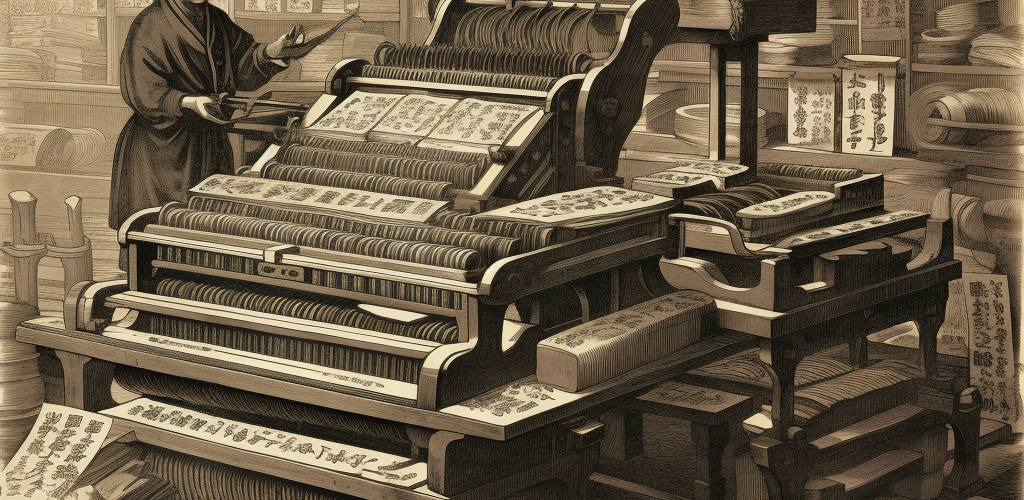
The story of paper as a packaging material traces its roots back to ancient China. Around 105 AD, during the Han Dynasty, Cai Lun, a Chinese eunuch, is credited with inventing a method to produce paper from mulberry bark, hemp, remnants of cloth, and fishnets. This groundbreaking invention, initially used for writing, gradually found its way into packaging, especially with the Silk Road trade routes facilitating the spread of commodities wrapped in paper.
As centuries rolled by, the technique of paper production was refined, and it spread to the Middle East, Europe, and eventually across the globe. With the advent of the industrial revolution and mechanized paper mills, the production scaled up dramatically, allowing paper to be used extensively for packaging purposes.
Data Point: As of the last statistical survey, global production of paper and cardboard reached an astounding 420 million metric tons, underscoring the material’s significance in the packaging realm and beyond.
2. The Main Types of Paper Packaging Material
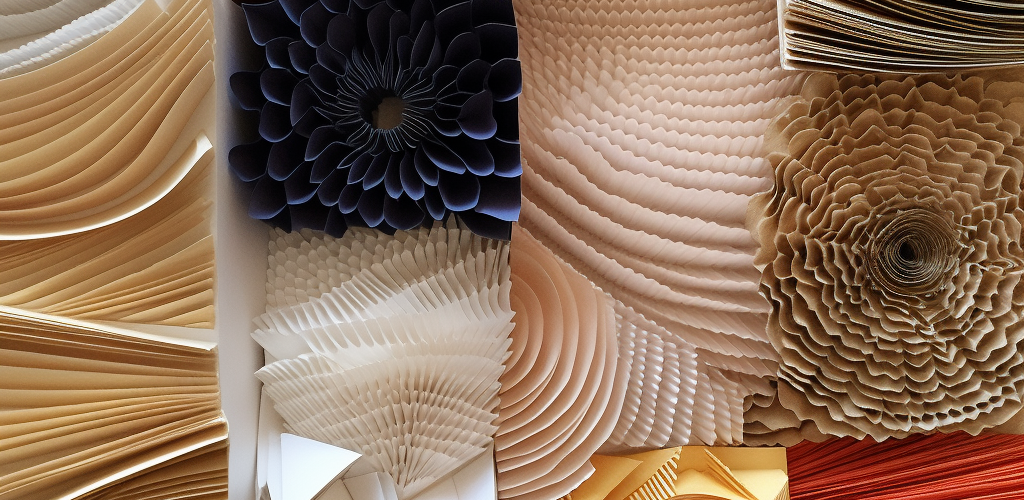
Delving into the world of paper packaging material, we find a diverse range of products, each tailored for specific needs and applications. Here’s an overview of the main types:
- Strength: Crafted from chemical pulp produced in the kraft process, at the same time, it possesses high strength.
- Versatility: Suitable for everything from bags to wrapping, its brown, unbleached finish is recognizable everywhere.
- Common Uses: Shopping bags, envelope wrappers, and packaging papers.
Corrugated Cardboard:
- Structure: Comprising multiple layers, including a wavy middle layer known as the ‘fluting’, sandwiched between liner sheets.
- Strength: Its unique structure grants it excellent rigidity and resistance against impacts.
- Popularity in Shipping: Its go-to status for shipping boxes is due to its strength and cushioning qualities.
Tissue Paper:
- Lightweight: Often translucent and also incredibly light.
- Decorative Uses: Frequently colored or patterned, it adds a touch of elegance to gifts.
- Role in Delicate Product Wrapping: Perfect for cushioning delicate items like jewelry or glassware.
Cardstock:
- Sturdiness: A heavyweight paper that can stand up to more wear and tear than standard writing paper.
- Use in Product Boxes: Its weight and finish make it ideal for premium packaging.
- Greeting Cards: Its rigidity and texture are preferred for greeting cards and postcards.
Paperboard:
- Lighter than Cardboard: Though sturdy, it’s not as thick as corrugated cardboard.
- Uses in Cereal Boxes: Its malleability and print-friendly nature make it a staple for food packaging, such as cereal and snack boxes.
Each of these paper types has carved out its niche in the packaging world, at the same time, catering to specific requirements and ensuring products reach their destinations safely and attractively.
3. Printing Press Ink: A Deep Dive
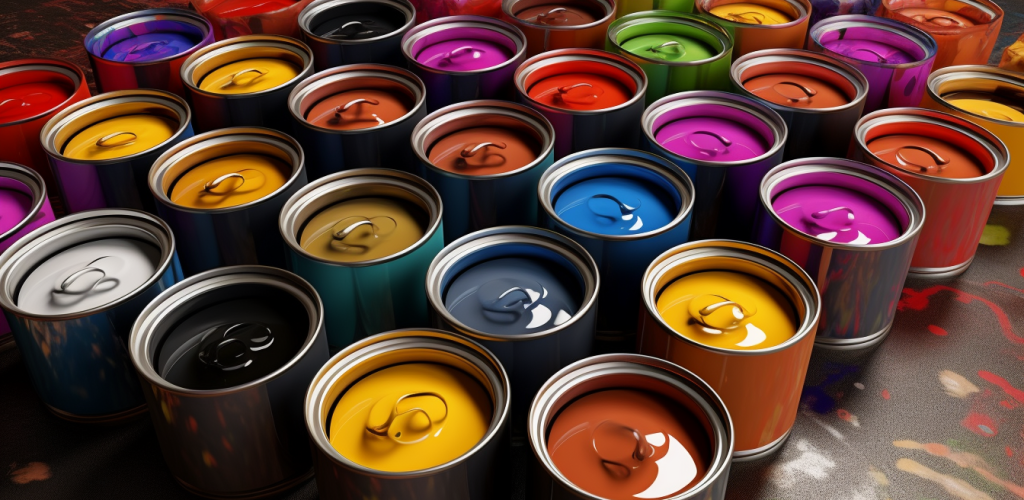
In the realm of paper packaging, the role of ink isn’t just about imparting color; it’s about ensuring durability, vibrancy, and environmental responsibility. Here, we delve deeper into the world of inks used specifically for paper packaging:
Introduction to Inks Used in Paper Packaging:
In the vast sea of inks, certain types are tailored specifically for paper packaging. Their qualities include resistance to smudging, fade resistance, and vibrancy.
Water-based vs. Solvent-based Inks:
- Water-based Inks:
- Pros: Low VOC content, easier clean-up, and reduced environmental impact.
- Cons: Slower drying time and might not be as vibrant as solvent-based inks.
- Typical Applications: Used predominantly for food packaging due to their non-toxic nature.
- Solvent-based Inks:
- Pros: Quick drying, vibrant colors, and long-lasting prints.
- Cons: Contains VOCs which can be harmful when inhaled and are not as environmentally friendly.
- Typical Applications: Commonly used for general packaging and labels.
UV Inks:
- Benefits: These inks dry instantly under UV light, also making them resistant to smudging and giving them a glossy finish.
- Use Cases: Popular in high-quality print jobs and packaging that requires a premium finish.
Environmental Considerations and Ink Disposal:
As the world tilts towards sustainable practices, at the same time, the ink industry isn’t left behind. Proper disposal methods to prevent environmental contamination and the push towards eco-friendly inks are part of this drive.
Data Point:
The market for eco-friendly inks has witnessed significant growth. A recent study revealed a growth rate of 7% annually, with predictions of this figure increasing as more businesses prioritize sustainability.
Understanding the various types of inks and their implications can significantly influence the choice of packaging material and design, ensuring both quality and sustainability.
4. Printing Techniques for Paper Packaging: A Closer Look
The vibrant and varied designs we observe on paper packaging are the results of different printing techniques. These methods have evolved over time, ensuring that manufacturers can offer both aesthetic appeal and functionality. Let’s journey through these techniques:
Offset Printing:
- How it Works: A method where the inked image is transferred (or “offset”) from a plate to a rubber blanket, then to the paper packaging material.
- Benefits: High-quality image reproduction, economical for large runs.
- Common Applications: Magazines, brochures, stationery, and certain types of packaging.
Digital Printing:
- Methodology: Direct printing from a digital image to a variety of media, eliminating the need for a printing plate.
- Benefits: Quick turnaround, cost-effective for short runs, and flexibility in design changes.
- When It’s Best Used: For personalized packaging, short-run jobs, and prototypes.
Flexography:
- Introduction: A modern version of letterpress, it utilizes a flexible relief plate.
- Its Role: Best suited for printing large areas of solid color and continuous patterns.
- Application: Widely used for packaging materials like plastic bags, labels, and cardboard boxes.
Screen Printing:
- Technique: A method where ink is forced through a mesh screen onto the paper.
- Distinctive Features: Allows for thick ink deposits, also leading to vibrant colors even on darker materials.
- Applications: Best for bold and graphic designs, also often used for tote bags, posters, and specialized packaging.
Key Considerations:
- Print Clarity: Ensuring that the design is sharp and the text is legible, irrespective of the packaging size.
- Color Reproduction: Maintaining brand consistency and vibrancy across different batches.
- Material Compatibility: Not all printing techniques are suited for every type of paper material. For example, certain inks might bleed on more porous materials.
Data Point:
With the surge in demand for unique and customizable packaging, digital printing has witnessed a rise. Recent industry studies indicate a 10% annual growth in digital printing for paper packaging, the most important, reflecting the growing trend of personalized branding and packaging.
Selecting the right printing technique for paper packaging isn’t just about aesthetics; it’s about ensuring durability, cost-effectiveness, and brand consistency.
5. Sustainable Paper Choices: Eco-Friendly Packaging Takes Center Stage
In an era where sustainability isn’t just a buzzword but a necessity, paper packaging has risen to the occasion by offering greener choices. With the environment under threat from pollution and wasteful practices, brands and consumers alike are gravitating towards eco-friendlier solutions. Here’s a deep dive into sustainable paper packaging options:
The Push Towards Eco-friendly Packaging:
- Context: With increasing awareness about environmental issues, businesses and consumers are re-evaluating their choices. The packaging industry, responsible for a significant amount of waste, at the same time, has been under pressure to innovate and adapt.
- Outcome: A significant shift towards materials that are recyclable, biodegradable, and sourced responsibly.
Recycled Paper:
- Process of Recycling: Used paper products are collected, sorted, cleaned, and processed to create new paper goods. This reduces the demand for fresh raw materials and curbs deforestation.
- Benefits: Besides the obvious environmental advantages, using recycled paper can be cost-effective in the long run and reduces the carbon footprint of the production process.
- Typical Uses: Recycled paper has found its way into a myriad of products, from corrugated boxes to writing paper and even tissue products.
- Definition: The Forest Stewardship Council (FSC) is an international non-profit that certifies forests and forest products, ensuring they are managed sustainably.
- What It Means: FSC certification indicates that the paper product is sourced from a forest or supply chain that has met rigorous environmental and social standards.
- Why It Matters: With deforestation being a major concern, ensuring that paper products come from sustainable sources is crucial. FSC certification gives consumers and businesses confidence in their purchasing decisions.
Data Point:
In a recent survey, it was revealed that nearly 73% of consumers are more likely to purchase a product packaged in eco-friendly materials. This significant number underscores the momentum behind the shift towards sustainable packaging and the growing consciousness among consumers about the environment.
Sustainability isn’t just about saving the environment; it’s about ensuring a better future. By making informed decisions in paper packaging, brands can not only appeal to an eco-conscious audience but also contribute positively to the world.
6. Specialized Paper Packaging Material: Beyond the Basics
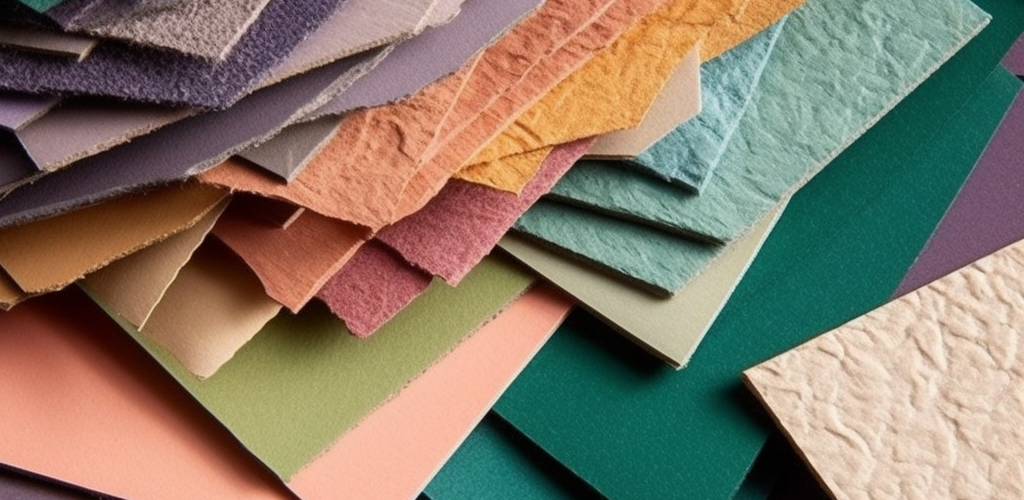
As the demand for diverse paper packaging needs grows, the industry has seen the emergence and increased use of specialized materials tailored for specific functions. These specialized papers have unique properties that cater to distinct requirements, ranging from aesthetic appeal to functional durability. Let’s delve into some of these specialized types:
Coated Papers:
- Features: Coated papers are treated with a compound or polymer to impart certain qualities to the paper, ranging from increased weight to added sheen.
- Glossy Finishes: One of the primary reasons businesses opt for coated paper is the glossy finish it offers, making graphics pop and providing a premium feel.
- UV Protection: Some coatings can also provide protection from ultraviolet light, preventing the printed material beneath from fading quickly.
- When to Use: Coated papers are often for promotional materials, high-quality magazines, brochures, and any printed material where appearance is paramount.
Thermal Paper:
- Quick Printing: This paper’s claim to fame is its ability to change color when exposed to heat. This eliminates the need for traditional ink-based printing, making it a favorite for receipt printing.
- Features and Uses: It’s lightweight, efficient, and ideal for businesses that require quick, on-the-spot printing like retail POS systems.
- Unique Properties: The heat-sensitive coating on thermal paper reacts to the heated print head of thermal printers, ensuring precise and quick prints.
Wax Paper:
- Water-resistance: As the name suggests, wax paper is coated with a layer of wax, making it resistant to moisture – a key property for certain packaging needs.
- Food Wrapping: One of the most common uses of wax paper is in the kitchen. It doesn’t stick to food items, making it ideal for wrapping sandwiches, pastries, and more.
- Other Applications: Beyond the kitchen, wax paper is used in various crafts and is often used to separate items that might stick together.
The evolution of specialized paper materials showcases the industry’s adaptability and commitment to meeting diverse consumer and business needs. By understanding the unique properties and applications of each type, businesses can make informed decisions for their packaging requirements.
7. Innovations and the Future of Paper Packaging Material

The realm of paper packaging is no stranger to evolution and innovation. With changing consumer demands, environmental concerns, and technological advancements, the industry is continually reshaping itself. As we look ahead, several key innovations and trends stand out:
Smart Packaging:
In an era of digital interconnectivity, packaging isn’t just about protecting or presenting a product anymore. The integration of interactive elements like QR codes, NFC tags, and augmented reality triggers into paper packaging bridges the gap between the physical and digital worlds. By scanning a code, consumers can access detailed product information, promotional content, or even immersive brand experiences.
Biodegradable Options:
As the environmental crisis intensifies, there’s a growing demand for materials that don’t harm the planet. Biodegradable paper packaging, which breaks down naturally over time without leaving harmful residues, is gaining traction. Furthermore, there’s ongoing research into embedding seeds within the packaging. This means once the packaging decomposes, it gives birth to a plant, contributing positively to the environment.
Nanotechnology:
While still in its nascent stages in the packaging sector, nanotechnology holds promise. By manipulating materials at a molecular level, it’s possible to develop paper packaging with enhanced strength, improved barrier properties, or even self-healing capabilities.
Data Point:
The sustainable paper packaging market is on a significant upward trajectory. Current projections indicate a compounded annual growth rate (CAGR) of 7.5% from 2020 to 2025. This growth underscores businesses’ and consumers’ shifting priorities towards more eco-friendly solutions.
As the paper packaging industry continues its journey forward, these innovations aren’t just about offering new features. They represent a broader shift towards sustainability, functionality, and enhanced user engagement, ensuring that paper packaging remains relevant and vital in the modern world.
Conclusion
The realm of paper packaging materials has come a long way from its ancient origins. Today, it stands at a crossroads of innovation, sustainability, and functionality. As we’ve delved into the world of paper packaging, it becomes clear that this industry is more than just a means to encase products; it’s a dynamic field that mirrors our evolving values and priorities.
In our journey from the foundational materials to the cutting-edge innovations, we’ve seen the importance of balancing environmental responsibility with the practicalities of design and manufacturing. It’s not merely about creating a box or wrapper; it’s about crafting a statement of intent—a testament to a brand’s ethos, commitment to the environment, and understanding of consumer needs.
In this age of informed consumerism, every choice matters. As businesses, we have the opportunity and the responsibility to shape these choices. Embracing eco-friendly paper packaging is not just an ethical decision but a strategic one, resonating with the modern consumer’s ethos. We encourage you to explore the vast potentials of sustainable paper packaging. Let’s be part of the change, one package at a time. Also, if you have any need, Sam’s packaging is always here for you.


